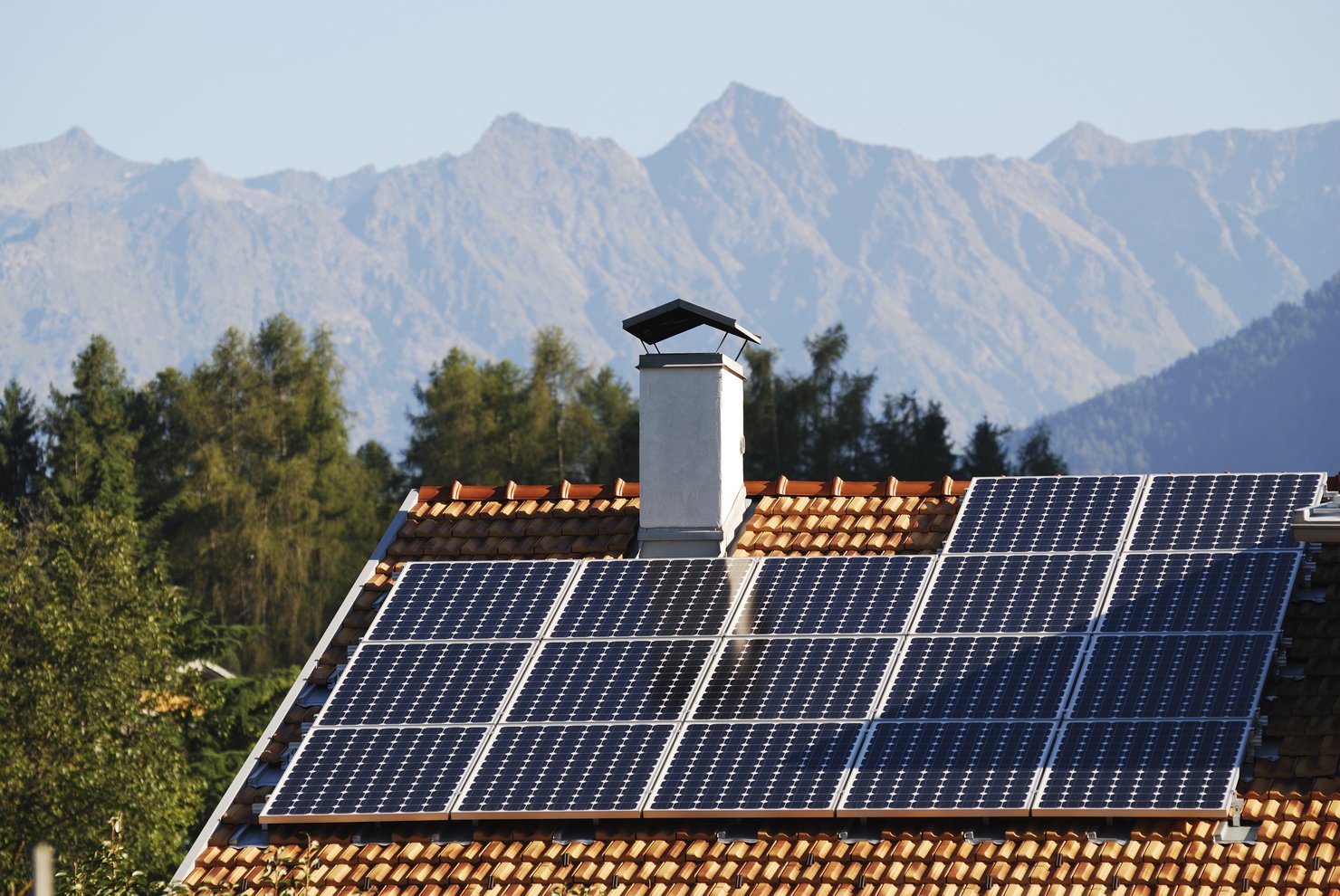The Intermountain West Energy Sustainability and Transitions initiative has developed a road map for states in the region to achieve carbon neutrality. Resources for the Future scholars surveyed the related policy landscape for the initiative’s recent report.
The US Department of Energy has convened the Interstate West Energy Sustainability and Transitions initiative (I-WEST), which focuses on Arizona, Colorado, Montana, New Mexico, Utah, and Wyoming, as a means of prioritizing place-based climate and energy solutions. The initiative has assessed the current political and energy landscape in the region and created a road map for decarbonizing the six states. The first phase of the initiative—a survey of stakeholders, challenges, and opportunities in the region—concluded in December 2022.
I-WEST tapped scholars at Resources for the Future (RFF) to contribute a chapter to its final report for phase one about the policy landscape for the Intermountain West region of the United States. In this blog post, we review that landscape and highlight policies of significance for the region.
Surveying the Existing Energy Policies in States and Native Nations
Three of the six states that I-WEST covers—Colorado, Montana, and New Mexico—have announced emissions-reduction goals or climate action plans. Of these three, only Colorado has passed corresponding legislation. The states that have announced emissions-reduction plans focus on retiring coal plants and increasing the share of electricity that is produced with renewable energy sources, like wind and solar; these states have advocated for support from the federal government, as well.
Permitting laws vary among the states. Arizona and Montana, for example, give more weight to environmental concerns than the other states within I-WEST when awarding permits for transmission lines. Permits for wind and solar energy projects usually require a combination of state and local approvals, which can lengthen project development timelines. The federal government does not have authority over siting pipelines for carbon dioxide, hydrogen, or natural gas; instead, siting decisions mostly run through permitting processes within state agencies, which also vary. A lack of cooperation can slow development for these energy projects, especially when the projects cross state lines—as pipelines and transmission lines often do.

Another defining characteristic of the region is that it is home to some 60 Native nations. The sovereign status of these Native nations adds opportunity and complexity to the region’s clean energy transition. Bureaucratic challenges can arise, because many government agencies must coordinate energy development on Native lands. Native lands sometimes lack energy infrastructure, such as transmission lines that would connect them to energy sources outside their borders. At the same time, recent revisions in tax policy under the Inflation Reduction Act of 2022 are likely to improve the economics of developing energy projects for Native nations by making such projects eligible for federal energy tax credits; the sovereign status of Native nations offers them a unique opportunity to participate directly as investors in energy projects.
Federal Policies in the Intermountain West
The federal government offers states and Native nations several carrots for reducing emissions and deploying clean energy technologies. For example, states are eligible for tax credits that increase with the amount of electricity that is produced with wind and solar energy. Native nations also can access federal grants, technical assistance programs, and a loan program at the US Department of Energy that supports energy projects on Native lands.
The Infrastructure Investment and Jobs Act of 2021 has made $8 billion available for the development of so-called hydrogen hubs, which aim to create regional centers of hydrogen fuel producers and end users. Already, Wyoming, Colorado, Utah, and Montana have applied for funding to develop a Western Inter-States Hydrogen Hub in the region that I-WEST covers.
The Inflation Reduction Act, which became law near the end of the first phase of I-WEST and thus has not been examined deeply in our survey of decarbonization policies, provided additional carrots for the development of clean energy and augmented many others.
In particular, the federal government incentivizes technologies that can capture, store, and make new use of carbon dioxide. In addition to billions of dollars for research, development, and deployment of these technologies, a section of the federal tax code called “45Q” incentivizes firms to get carbon capture technologies up and running. Another new part of the tax code (called “45V”) subsidizes clean hydrogen production.
The Legacy of Fossil Fuels
The Intermountain West is notable for its historic dependence on fossil fuels, which are enmeshed in the region’s economy and culture. Additionally, federal and state tax codes that subsidize the production of fossil fuels could slow a transition to clean energy.
Another key issue is the tax revenue that fossil fuel companies contribute to local and state coffers. Tax revenue from fossil fuel firms exceeded 15 percent of New Mexico’s total own-source revenue (that is, government revenue excluding transfers from the federal government) between 2015 and 2020; in Wyoming, the share was nearly 59 percent. A transition to clean energy will need to account for this lost revenue and support local governments and states during the transition period.
Fossil fuel extraction and production also have marked the region’s landscape. Abandoned mines and oil wells, along with shuttered power plants, are scattered across the region. A transition to clean energy likely will involve further decommissioning of fossil fuel operations. The Infrastructure Investment and Jobs Act provides funding to remediate abandoned wells and mines, but it falls far short of what will be necessary to address the environmental risks and damages associated with aging and decommissioned fossil fuel infrastructure.
Future Policy in the Intermountain West
The Inflation Reduction Act makes the transition to clean energy more attractive for the states that I-WEST covers, but the road to carbon neutrality remains a long one. RFF scholars have identified several policy strategies for I-WEST to consider before the initiative produces a more specific road map for decarbonizing the region. We’ll highlight a few here.
Collaborate, collaborate, collaborate. States and Native nations likely can accelerate the transition to a clean energy system, reap economic benefits, and mitigate challenges such as the loss of tax revenue if decisionmakers work together. The application for hydrogen hub funding submitted by the state governments of Wyoming, Colorado, Utah, and Montana and several research partners is a shining example of this sort of cooperation.

Engagement at the local level could help generate support for the transition to clean energy. Energy projects, like pipelines and wind farms, can run aground when developers and public officials do not engage meaningfully with local communities. This engagement is particularly important for Native nations in the region, which are sovereign Nations and thus are entitled to robust government-to-government dialogue. What’s more, the US government and certain private-sector actors have given Native nations ample reason to be skeptical when approached about new energy development opportunities. As we say in the I-WEST report alongside our coauthors, “For an energy transition to be successful, federal and state officials will need to work closely with their tribal partners, treat them as equals, and seek to address the injustices of the past.”
Finally, place-based policies are promising. I-WEST embraces the idea that climate and energy policies should be designed for the region, individual states, and areas within the states. RFF scholars agree that this approach can work well if related policies are designed to play to the strengths of the US states, Native nations, and relevant industries.









